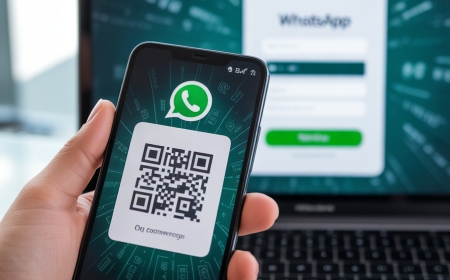Samsung eSIM Adoption Skyrockets Among International Travellers
Airport lounges, hotel lobbies, and remote cafes all share a familiar scene: travellers juggling SIM cards, searching for signal, or stuck on patchy roaming plans.

Airport lounges, hotel lobbies, and remote cafes all share a familiar scene: travellers juggling SIM cards, searching for signal, or stuck on patchy roaming plans. That story is changing fast. In mid-2024, an increasing number of international travelers have begun to shift to eSIM, with a noticeable tilt towards one brand in particular: Samsung.
From travel forums to Reddit threads, Samsung users share how easy its become to stay connected globally using built-in eSIM technology. A corporate consultant on a multi-country tour wrote about switching between five countries in 12 days using only eSIM for Samsung, with no interruptions, no local SIM stores, and no physical swapping.
Whats behind this rapid shift? And what can you do to set up your Samsung device for seamless international connectivity?
eSIM for Samsung Is No Longer Just an Option
According to a June 2024 report from Global eMobility Insights, Samsungs eSIM adoption rate among international users rose by 38% compared to last year. Most of this growth comes from business travelers and digital nomads who rely on consistent data performance while crossing borders.
This makes sense. Samsungs newer smartphones, particularly the Galaxy S23 and S24 series, have dual SIM support, including eSIM as a core feature. Users can store and switch multiple data plans with just a few taps.
In practical terms, this allows for:
? Keeping a permanent home number while activating a travel-specific data plan
? Avoiding international roaming charges
? Faster activation, no need to find or queue at local SIM outlets
Challenges and How to Avoid Them
Even though Samsung leads in adoption, not all models or regions offer a consistent experience. Based on recent user discussions, here are a few tips:
? Check model compatibility before travel. Some carrier-locked models may not allow third-party eSIM profiles.
? Pre-install eSIM plans where possible. A traveler stuck in a German train station without Wi-Fi discovered too late that the eSIM setup needed a connection.
? Label your plans clearly. If youre hopping countries every few days, names like Japan - NTT help avoid wrong activation.
When to Use an eSIM for Samsung Instead of Physical SIMs?
Using eSIM for Samsung makes sense when:
? You visit multiple countries in one trip.
? You want to avoid handling physical SIM cards abroad.
? You rely on one device for both business and personal lines.
It may be better to use a physical SIM only when:
? Your phone model supports limited eSIMs
? You're visiting a remote area where only one specific local SIM works well
? You already have a contract with a carrier that doesn't support eSIM
Preparing Your Samsung Device for Travel
Before departure, follow this 5-step checklist:
- Ensure your device is unlocked.
- Update to the latest firmware.
- Install regional eSIM profiles ahead of time.
- Back up your QR codes or eSIM activation data.
- Label your SIMs clearly for ease of switching.
These steps save you from connection dropouts and slow troubleshooting while abroad.
Final Thoughts
With smartphone adoption maturing, eSIM for Samsung has moved from a futuristic add-on to a global travel essential. From digital nomads in Bali to consultants hopping across Europe, more people now rely on Samsungs eSIM features for uninterrupted, affordable, and flexible data access.
The tools are already in your pocket. The only thing left is to configure them right.
A little preparation now keeps your travel smooth, your data flowing, and your peace of mind intact, no matter how far you go.


































